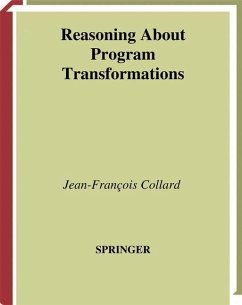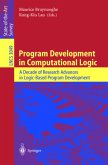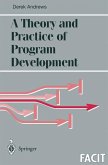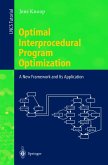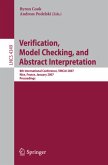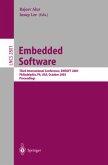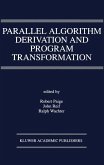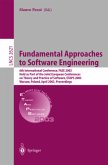Overview The motivation of this text lies in what we believe is the inadequacy of current frameworks to reason about the ?ow of data in imperative programs. This inadequacy clearly shows up when dealing with the individual side effects of loop iterations. - deed, we face a paradoxical situation where, on the one hand, a typical program spends most of its execution time iterating or recursing on a few lines of codes, and, on the other hand, current optimization frameworks are clumsy when trying to capture the effects of each incarnation of these few lines-frameworks we inherited from designs made decades ago. The reasons are manyfold, but one of them stands out: The same concepts have been used, on the one hand, to represent and manipulate programs internally in compilers and, on the other hand, to allow us humans to reason about optimizations. Unfortunately, these two uses have different aims and constraints. An example of such a situation is given by control-?ow graphs of basic blocks, which have been - tremely useful in practice as an internal representation of programs, but which are not always adequate or convenient to formally think about programs and specify their transformations. In some cases, de?nitions based on control-?ow graphs can be overly restrictive. Dominance, studied in Chapter 4, is a good example.
Hinweis: Dieser Artikel kann nur an eine deutsche Lieferadresse ausgeliefert werden.
Hinweis: Dieser Artikel kann nur an eine deutsche Lieferadresse ausgeliefert werden.

